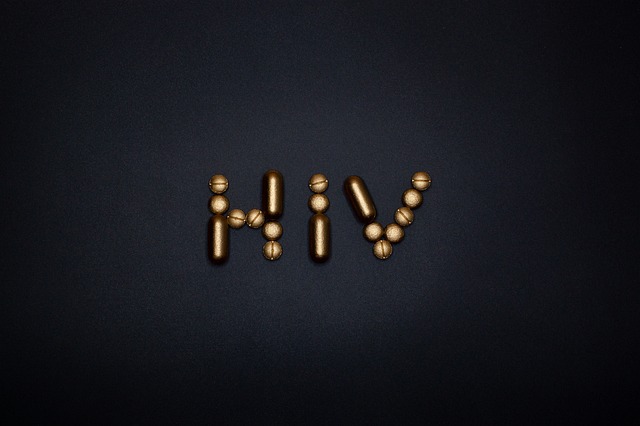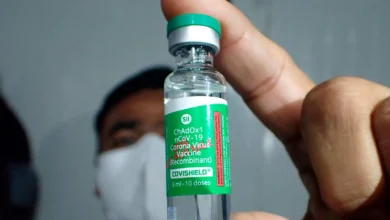Girls twice more likely to get HIV than boys: UNICEF
Several factors contribute to this disheartening scenario, including gender inequalities, poverty, and lack of access to HIV prevention programs.

According to the latest report by Unicef, an alarming trend continues: girls are still over twice as likely to contract HIV compared to boys. Despite overall infections amongst girls aged between 10 and 19 almost halving since 2010 — down from 190,000 to 98,000 in 2022 — girls remain disproportionately affected by the HIV epidemic.
In 2022 alone, close to 98,000 adolescent girls, between the ages of ten and nineteen, became infected with human immunodeficiency viruses. That’s a staggering 1,900 new infections every single week.
“It is unacceptable that adolescent girls, who should be planning their futures, continue to bear the heaviest burden of HIV infection,” said Anurita Bains, the Associate Director of HIV/AIDS at Unicef.
Several factors contribute to this disheartening scenario, including gender inequalities, poverty, and lack of access to human immunodeficiency virus prevention programs, as detailed in the Unicef report. Girls frequently face a disempowerment that holds back their ability to negotiate safe sexual relationships. Poverty often aggravates this issue because communities may be far from healthcare centers, creating a barrier to essential services. Additionally, there’s a widespread deficiency in access to human immunodeficiency virus prevention and sexual and reproductive health programs.

Anurita Bains emphasized that collective action is urgently needed. “We — the UN, communities, governments, and organizations — must eliminate the obstacles that make human immunodeficiency viruses a threat to their health and wellbeing, including ensuring the sexual and reproductive health and rights of adolescent girls and young women are met,” she said.
Shockingly, the situation is worse in Sub-Saharan Africa, where HIV prevalence among adolescent girls and young women aged between 10 and 24 years remains stubbornly over three times higher than among their male peers.
Global data reaffirms Sub-Saharan Africa’s unfortunate position: Eastern and Southern Africa continue to bear the brunt of the HIV crisis among the 0-19 age group, followed by West and Central Africa, East Asia and the Pacific, Latin America and the Caribbean, and South Asia.
In 2022, there were 270,000 new HIV infections among children and adolescents aged 0-19 worldwide, inflating the total number of young people living with HIV to a concerning 2.6 million. Astonishingly, 15% of all AIDS-related deaths in 2022 occurred in children and adolescents aged between 0 and 19, a striking figure given that this age group comprises just 7% of people living with HIV, as noted by the report.
You might also be interested in – Rs 1.5 crore compensation granted to Air Force veteran infected with HIV during blood transfusion


